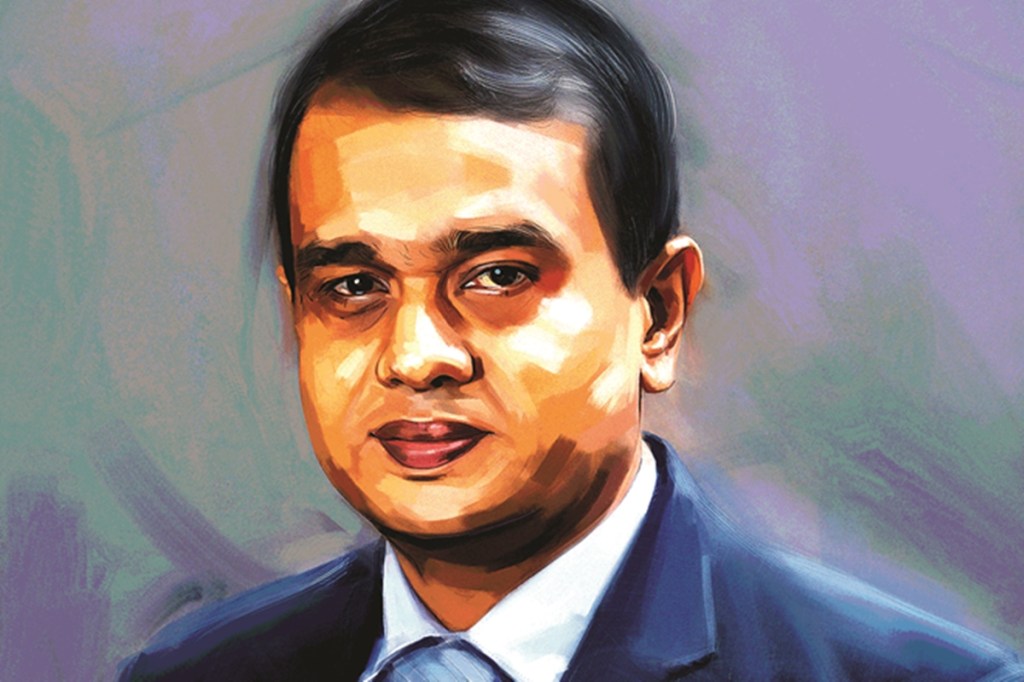Investors in equity-oriented mutual funds should not get flustered by volatility in the asset class over the short term, and remain invested over the long term (7-10 years) to derive optimum returns, says Jiju Vidyadharan, senior director, CRISIL Research in an interview to Saikat Neogi. Edited excerpts:
Most equity funds are reporting negative returns for the past one year. Do you think individual investors would be worried too much, especially those who have started investing in the last one year?
Equity as an asset class tends to be volatile in the short term, but the risk reduces as the investment horizon increases. For instance, while average returns on the Nifty 50 TRI and Nifty 200 TRI (on a rolling basis) over one, three, five, seven and 10 years since 2000 till September 2018 range in double digits (compound annual growth rate of ~12-19%), the risk of negative returns reduces as the investment horizon increases. Both the indices have not given negative returns in the 7- and 10-year rolling returns for the period analysed, with the minimum return range at ~6.5% compound annual growth rate for the 10-year period.
Investors in equity-oriented mutual funds should not get flustered by volatility in the asset class over the short term, and remain invested over the long term (7-10 years) to derive optimum returns. Systematic investment plans (SIPs) can, over the long term, be a good way to invest in equity-oriented mutual funds as they also provide benefits of rupee cost averaging across market phases. Investors should, however, review their portfolio at least annually and weed out underperformers, replacing it with performers, as part of prudent financial strategy.
Mid-cap and small-cap funds have suffered the most in the last one year. Do you think investors should stay away from these funds for some time now?
Small and mid-cap stocks tend to be more volatile than highly invested large caps. So investors with a higher risk profile should look at these. Equity investing needs patience so as to derive optimum returns over the long term. Haphazard decisions based on short-term movement more often than not cause pain.
There seems to be very low awareness regarding direct plans. How can fund houses play an active role in promoting direct plans?
Learned investors with good financial capacity have tilted towards direct plans —you can see institutional investors accounting for a large portion of this segment. The regulator and the industry association AMFI have started campaigns to spread awareness of direct plans that, along with higher maturity and penetration, could lead to increased adoption of such plans by individual investors. However, investors without the wherewithal would continue to be better off investing in the regular plans under the guidance of their financial advisor.
In India, mutual funds own a negligible share of the market. How can this be improved?
Mutual funds’ share of the financial market has increased over the years. Data on money flowing into the capital market as part of portfolio investment strategies (excluding long-term strategic investments) show mutual funds’ share of equity markets has increased from just about 8.5% as of March 2014 to 18.4% as of March 2018. Meanwhile, in the debt market, while mutual funds still play a minority share compared with banks and insurance companies, which by mandate have to invest a significant portion of their money in G-secs, in the corporate debt market, their share is the highest at around 23% as of March 2018. As the industry develops, mutual funds would continue to play a major role in the domestic financial market, also acting as a hedge against hot money.
How can technology reduce costs of AMCs?
The industry has proactively adopted technology across processes, be it in fund management, transaction processing, customer servicing or payments. This will help in reducing overheads, especially in light of the long-term aim of the regulator and the industry to reduce costs associated with the investment avenue.


